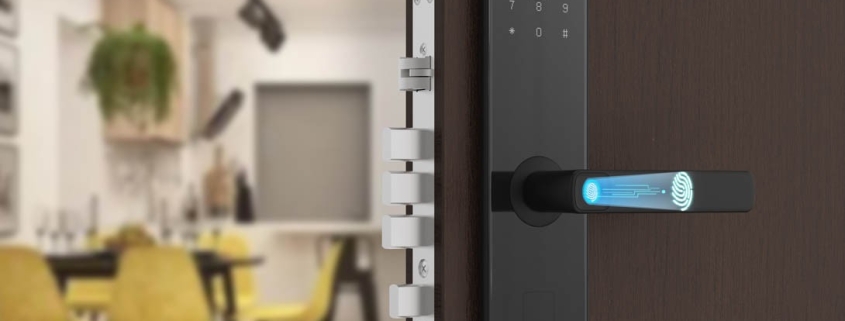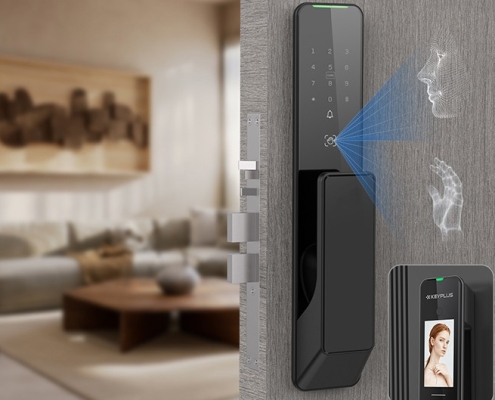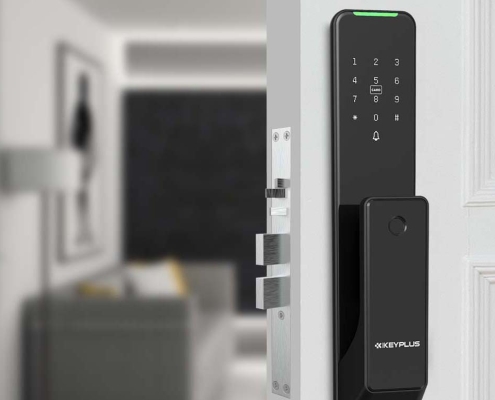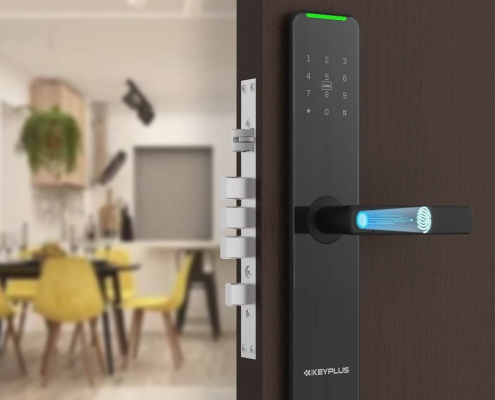How to Replace Smart Lock Batteries?
Smart locks offer convenience and security, but like all battery-powered devices, they eventually need fresh batteries. If your smart lock is beeping, showing a low-battery warning, or acting sluggish, it’s time for a replacement.
This guide will walk you through:
How to know when your smart lock batteries need replacing
Step-by-step instructions for different smart lock brands
Best battery types for long-lasting performance
Troubleshooting tips if your lock isn’t working after a battery swap
By the end, you’ll be able to replace your smart lock batteries confidently—without calling a locksmith!
1. Signs Your Smart Lock Needs New Batteries
Before replacing batteries, confirm that’s the issue. Watch for these warning signs:
Low-Battery Alerts (app notifications, beeping sounds, flashing lights)
Slow Response (delayed unlocking, keypad lag)
Complete Failure (lock won’t open, keypad is unresponsive)
Pro Tip: Some smart locks let you check battery levels in their apps.
2. What You’ll Need
Before starting, gather:
Fresh batteries (check your lock’s manual for type—usually AA, AAA, or CR123A)
Small screwdriver (if your lock has a screw-secured battery compartment)
Microfiber cloth (to clean dust from the battery contacts)
Best Batteries for Smart Locks:
-
Alkaline (Duracell, Energizer) – Affordable, reliable
-
Lithium (Energizer Ultimate Lithium) – Longer lifespan, better in extreme temps
3. Step-by-Step Battery Replacement Guide
Step 1: Locate the Battery Compartment
Most smart locks have one of these designs:
-
Exterior keypad panel
-
Interior backplate
-
Hidden compartment
Check your user manual if unsure.
Step 2: Open the Battery Door
-
For slide-off panels: Gently push or slide the cover (no tools needed).
-
For screw-secured panels: Use a small Phillips screwdriver.
Step 3: Remove Old Batteries
-
Note the battery orientation (+/-) before removing.
-
If batteries are corroded, wear gloves and clean contacts with vinegar + cotton swab.
Step 4: Insert New Batteries
-
Match the correct polarity (+/-).
-
Avoid mixing old and new batteries (reduces performance).
Step 5: Reattach the Cover & Test
-
Secure the battery door and test the lock:
-
Try unlocking via keypad, app, or fingerprint.
-
Check for error messages in the app.
-
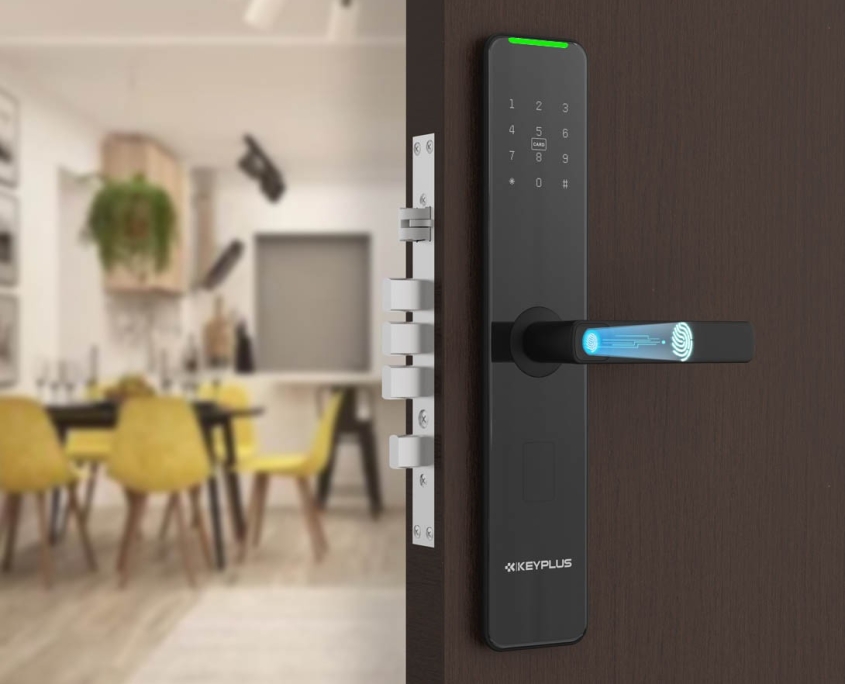
4. Troubleshooting After Battery Replacement
If your lock isn’t working post-replacement:
Lock Not Responding?
-
Double-check battery polarity.
-
Ensure the battery door is fully closed.
Wi-Fi/Bluetooth Not Reconnecting?
-
Reset the lock (check manual for factory reset steps).
-
Re-pair the lock with your smart home app.
Keypad Still Not Working?
-
Try a hard reset (hold the reset button for 10+ seconds).
-
Contact customer support if issues persist.
5. How to Extend Smart Lock Battery Life
To avoid frequent replacements:
Use lithium batteries (last longer than alkaline).
Disable unnecessary features (like frequent auto-locking).
Keep firmware updated (improves power efficiency).
6. When to Call a Professional
If you’ve tried everything and your lock still won’t work:
-
Check warranty coverage (many brands offer free support).
-
Contact a locksmith if the lock is jammed or damaged.
Final Thoughts
Replacing smart lock batteries is a quick, DIY-friendly task—once you know where the compartment is! Follow these steps, and your lock will run smoothly for months.
Need Help? Drop your smart lock brand + issue in the comments, and we’ll advise!

